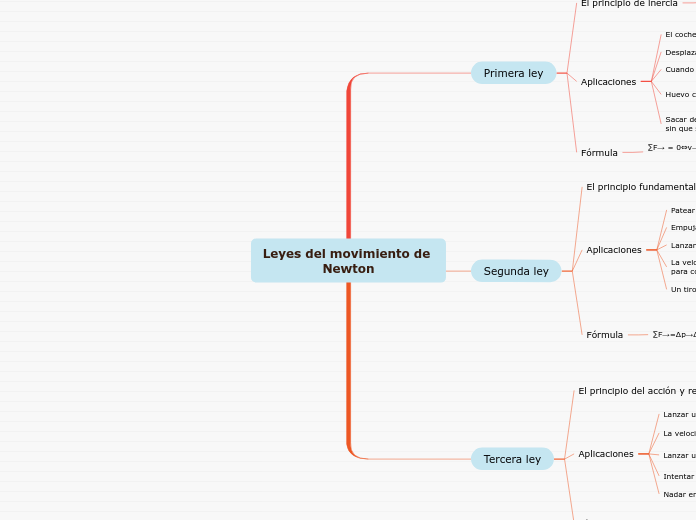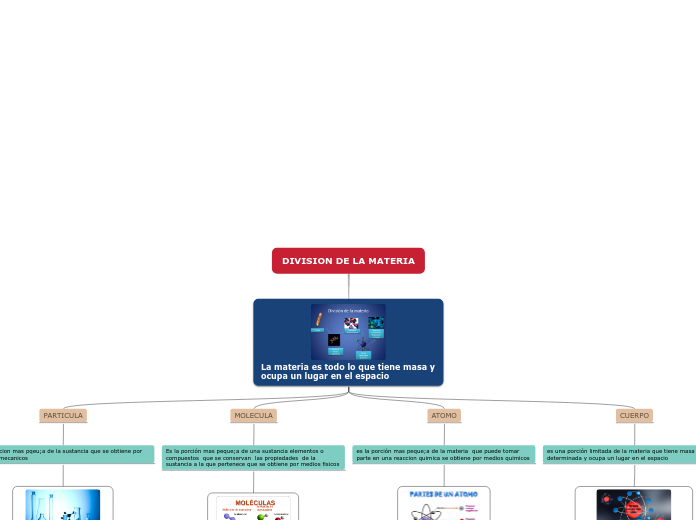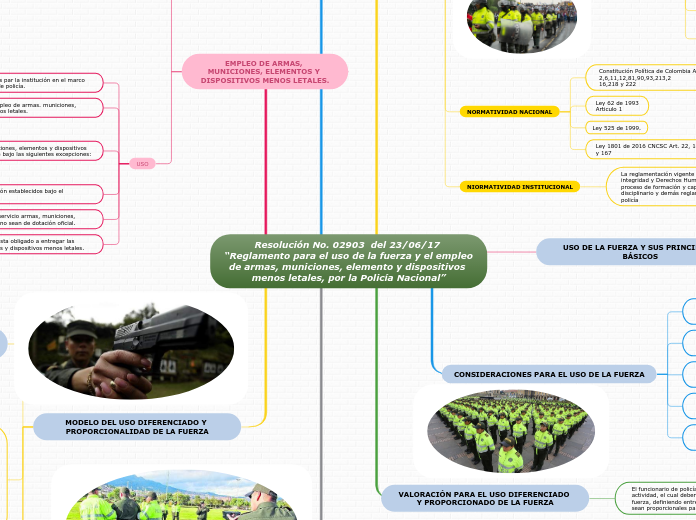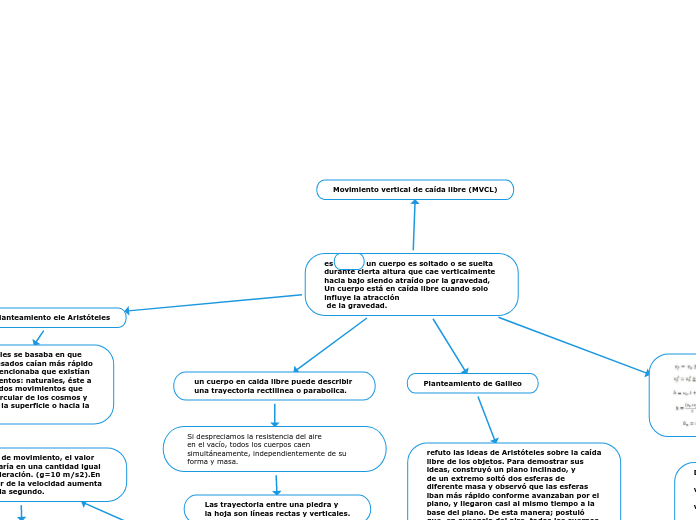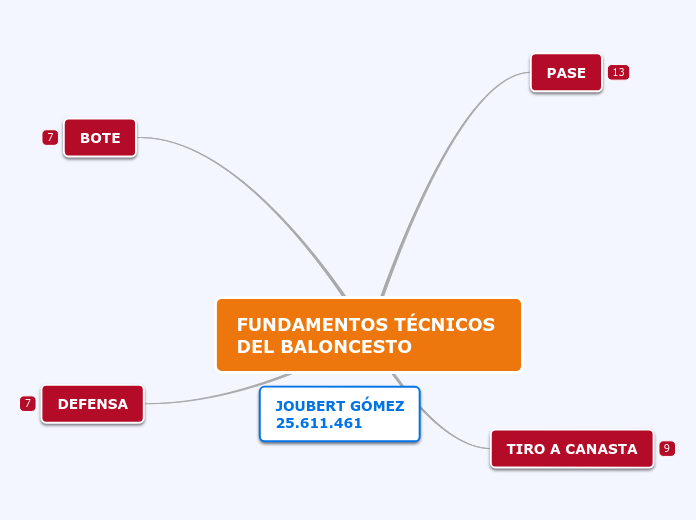CASTILLO GARCÍA BELEM N.L. 5 2do IV MATUTINO
Leyes del movimiento de Newton
To name your story, you have to think about the overall message and what you want your audience to understand from the story. Also, make it relevant and easy to remember.
Tercera ley
The ending of a story is essential. We all know that if the ending is weak, what happened before loses its importance. So make it unpredictable, but fair. A resolved ending answers all the questions and ties up any loose threads from the plot.
Fórmulas
FAB→=-FBA→FAB=FBA
FBA→: Es la fuerza de reacción de B sobre A
FAB→: Es la fuerza de acción de A sobre B
This is the closure section of the story.
See examples of possible outcomes below:
- all problems have been solved
- it's clear how each one of your characters ends up
- your main character is transformed by the challenge
Nadar en una piscina
Nos empujamos sobre una pared para tomar impulso
Intentar empujar un objeto muy pesado
Lanzar una piedra hacia arriba
Try answering these questions in order for you to come up with a closure:
- Have all problems been solved?
- Is it clear what happens with all your characters in the story?
- Has the challenged transformed your main character?
- How do the characters feel in the end?
Su velocidad ascendente comienza a bajar con fuerza
La velocidad que adquiere una pelota de beisbol
Try answering these questions to come up with a closure:
- Have all the problems been solved?
- Is there a clear picture of what happens with each character in the story?
- Has the challenge transformed your main character?
- How do the characters feel in the end?
Al ser bateada
Lanzar una pelota de goma contra una pared
Rebota
El principio del acción y reacción
This is the moment when the main character surpasses the last obstacle and finally faces their greatest challenge.
The climax usually follows one of these patterns:
- realization
- resolution
- choice
Type in your answer.
Para cada acción hay una reacción
igual y en sentido opuesto
In most stories, there are 3 challenges. The number 3 is a mystical number symbolizing completeness. Try to come up with interesting challenges with which your character needs to struggle.
See a few examples below:
- turns into a werewolf at night
- is sent back in time
Segunda ley
The middle of the story is where you add layers of complications that will lead to the end. Reveal more about the character's journey. Did their personality go through changes? How did they overcome the challenges? And as you build up the story’s central conflict, make it more personal to that character. Also, from the middle act, you have to lead into the final act.
∑F→=Δp→Δt
Δt : Representa el intervalo de tiempo considerado
Δp→: Representa la variación del momento lineal producida en el intervalo de tiempo
∑F→: Representa la fuerza total que actúa sobre el cuerpo en el intervalo de tiempo considerado
Your character(s) need(s) motivation in order to solve the challenge(s).
Un tiro de golf
La fuerza que se aplica sobre la bola
La velocidad que amerita un cohete espacial para colocarse en órbita
Lanzamiento de una pelota de béisbol
Secondary characters also might have motivs beacuse of which they may cross path with main character or which might trigger them to help the main character.
Empujar un carro por una pendiente
Secondary characters might also have motives that lead them to cross paths with the main character or which might trigger them to help the main character.
Patear un balón de fútbol
Why does your character need to confront this challenge? What does he/she expect to accomplish by solving it?
See a few examples:
- will marry in 3 days
- can fix the mistakes of the past
El principio fundamental
Each story has a main character and that character usually needs to solve a problem or challenge. The character's challenge is the one that creates tension throughout the story.
las aceleraciones de un cuerpo son proporcionales a las fuerzas que recibe
Primera ley
In the beginning of the story (or the exposition), you will need to introduce the setting and characters. You might also want to introduce the main conflict. This part of the story is important because it gives the reader necessary background information and maybe even a first insight into a character’s personality.
Fórmula
∑F→ = 0⇔v→=cte→ {v0→=0⇒v→ =0 (reposo)
{v0→≠0⇒v→=v0→=cte (m.r.u.)
Aplicaciones
The setting (time & place) of a story can change throughout the plot.
Sacar de un tirón el mantel de una mesa
sin que se caigan los objetos sobre ella
Huevo cocido vs huevo crudo
Sensory details include sight, sound, touch, smell, and taste. These details are important because they create depth in your setting.
See a few examples below:
- the smell of fresh bread
- the scent of freshly cut grass
- rain falling onto the windshield etc.
tomar un huevo cocido y haciéndolo girar sobre sí mismo en superficie plana para detenerlo con la mano.
Cuando un atleta intenta detener su carrera
The weather is an important element in your story because it can highly influence the ambiance and the mood of the characters.
Desplazamiento de automóvil quieto
The time of the story can also change. It can describe the event of a single day or can include an entire year's plot. Anyway, don't forget to mention it.
El coche que frena de manera brusca
Your story can take place wherever your imagination will take you to.
For example: in an elevator, in an enchanted forest, etc. Don't forget to give details of the environment each time the setting changes, otherwise, the story can be confusing. Also, mention the seasons as each of them has unique weather and events.
El principio de inercia
Characters are essential to a good story. Usually, the protagonist(s) is/are the most affected by the plot. Introduce a character by focusing on their actions, interests, and occupation, as the physical appearance doesn't make a difference in most cases.
Un cuerpo no modifica su estado de reposo o de movimiento
Type in the name of your character.
Si la resultante de las fuerzas que se
le aplican es nula
Si no se aplica ninguna fuerza sobre él.
Add other properties of the character.
